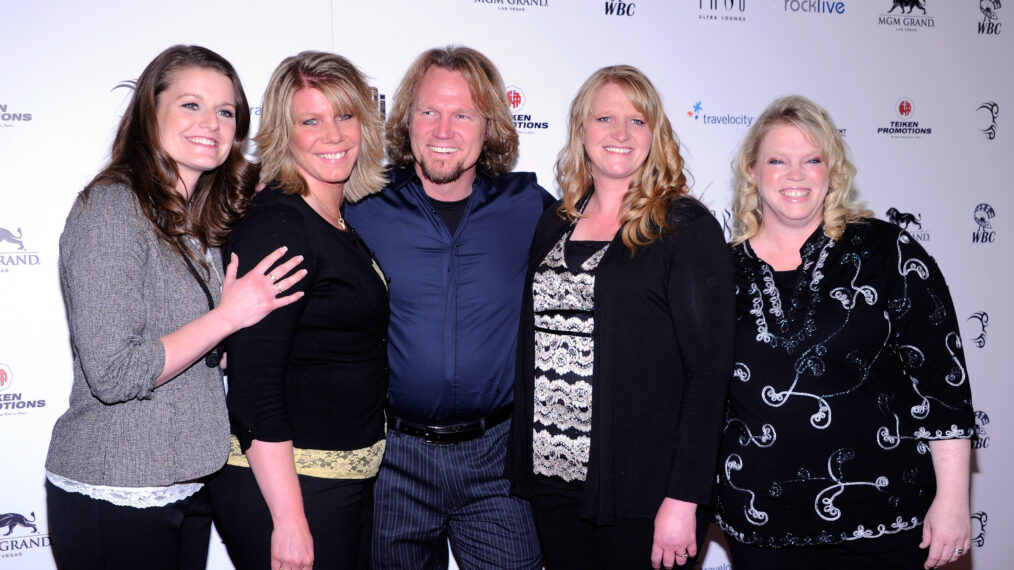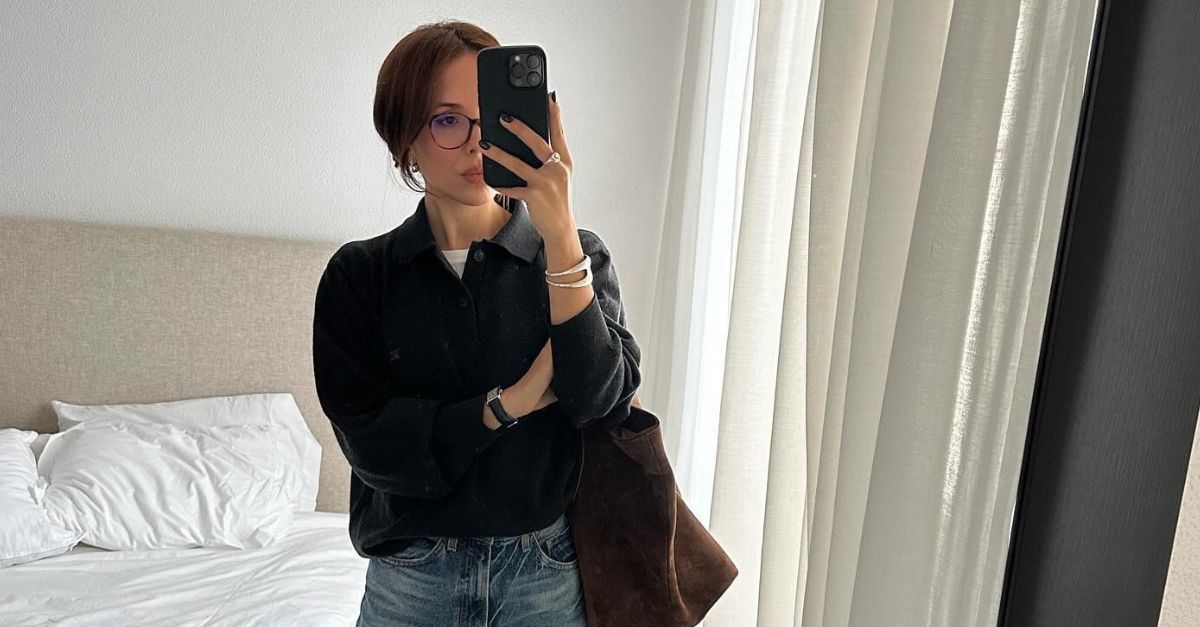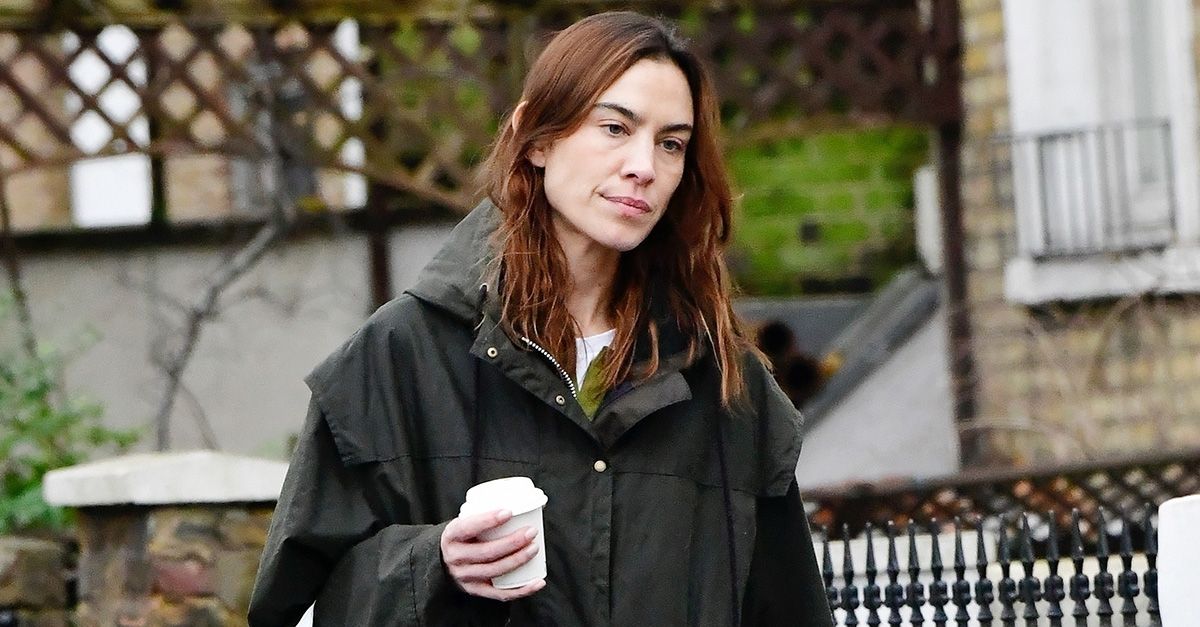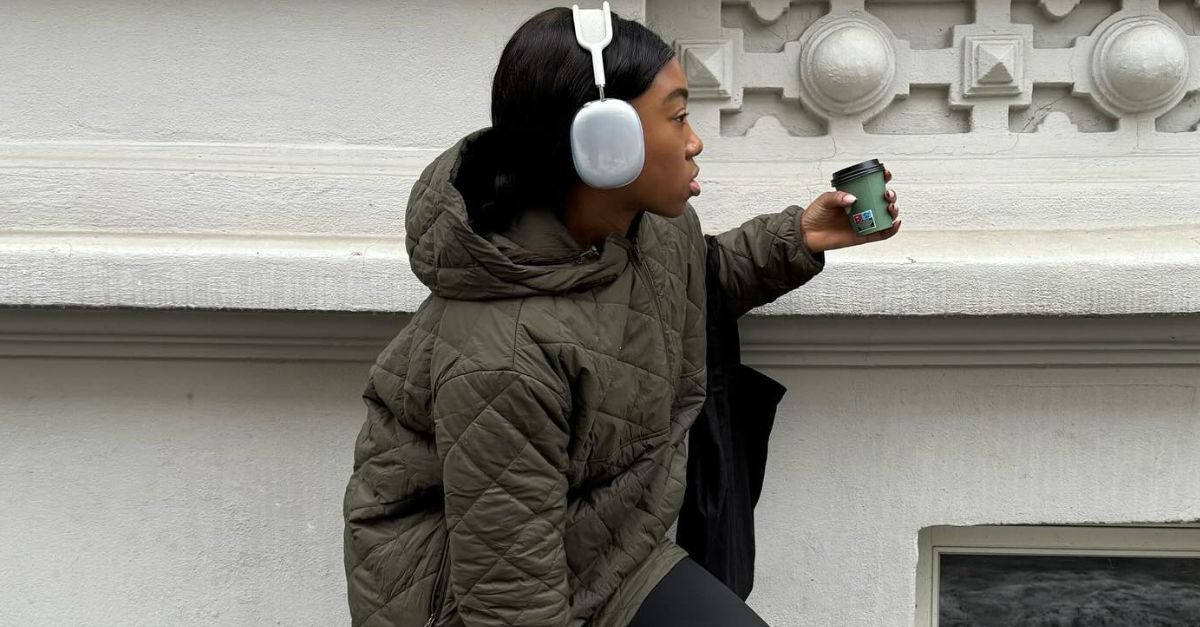Monica Keeley fell in love with Hermès scarves almost 70 years ago, and the passion hasn’t waned.
During the COVID-19 pandemic, Monica Keeley’s daughter suggested that she start selling off some of the approximately 50 Hermès scarves she had amassed over the previous five decades. Keeley agreed, and they set up a site: amourducarre.com. But the selling led to some unplanned buying, and her collection has swelled to more than 160 pieces.
“I’m obsessed,” she admits from her home near Welland, Ont. “Somebody told my husband that I need a 12-step program. I spend four or five hours every day researching. Each scarf has a name, and each design has a story. There’s a reason a scarf is what it is. And that’s what I love — discovering discrepancies in what people are saying about a scarf and then finding out the real facts.”
Keeley’s primary sources of intel are a Facebook collectors group and a trio of books by Toulouse-based historian, writer and collector Geneviève Fontan. Fontan’s Carres d’Art is considered the bible of Hermès scarves and features images of almost every piece created since 1937, along with the names of the designs and the designers and ratings on rarity and desirability. Scant historical information is available from Hermès itself, Keeley states. “It won’t even authenticate a scarf unless you have a receipt from an Hermès boutique.”
Her interest in Hermès scarves dates back almost 70 years to when Keeley, now 76, was growing up in Kilrush, an Irish coastal town in County Clare. “Everybody wore head scarves in Ireland in that era,” she says. “I rode horses and started hunting when I was nine or 10 with my dad. Now they have helmets, but safety was different then and we would wear scarves. My father bought me an orange silk one when he was in London on business, but it wasn’t Hermès. I lost it at a hunt one day and I thought, ‘I’m going to get an Hermès scarf.’ They were very much in fashion in Dublin, but they were so expensive.” She was at university in Dublin in the late ’60s when she met her future husband; for their first Christmas together, she made sure he knew what was on her wish list.
She no longer has that gift: Le Timbalier, featuring a drummer on horseback by Marie-Françoise Héron. But in a dark corner of her basement is a rainbow of other silks. Rather than keeping the 90-centimetre squares tucked away in boxes, Keeley clips them by one corner to tissue-paper-covered clotheslines so they hang like limp flags. “I spend hours and days down here,” she laughs. She wields a flashlight as she weaves among illustrations of panthers and plumes, carnations and cars, dolls and dancers and the horse and bridle motifs that remind her of her childhood. One of Keeley’s favourite artists is Annie Faivre. “She was called ‘little monkey’ when she was growing up, so she hides a monkey in all of her designs. It’s hilarious that people spend hours looking for the monkey.”
Keeley immigrated to Canada with her new husband, who was a family physician, in 1971, and they settled in London, Ont. Her husband later became a medical health officer for the Canadian government, and the family — by then they had two children — was posted in Rome followed by New Delhi. “Wherever I went, the first thing I did was find where I could buy an Hermès scarf,” Keeley recalls. She says she nearly missed getting back on a cruise ship in France because she had discovered a scarf seller at an open-air market. Some of her more recent purchases have happened through Facebook Marketplace, including three brand-new designs from a woman from Dubai who had received them as wedding presents.
“I don’t recommend it now — buying something blind,” Keeley cautions. “You have to trust the person.” Fakes are not only prevalent but also excellent quality, she says. “I mean, it’s frightening.” She regularly visits websites that sell fakes so she is aware of what might be circulating. She did slip up once by not noticing that the care instructions were positioned incorrectly on a label. Precise lines are another giveaway. “If there’s the slightest bleeding, it’s not Hermès,” she says.
And while she eagerly checks new releases on the Hermès website, she does prefer to purchase second-hand for the price savings. Although, she points out, she recently saw a rare design resell for US$1,700.
Keeley also takes pleasure in caring for her treasures, and although the label says “dry clean only,” she swishes them around in tepid water with a little shampoo or detergent. “Silk is the strongest fibre in the world, and the double twill that Hermès uses is even stronger,” she explains. “That’s why the scarves last 50 or 60 years.” The finishing touch is a spritz of Niagara Premium, a starch spray that gives crispness back to silk. “These are all old scarves you’re looking at, but they look like they’re brand new.”
Keeley’s daughter is still encouraging her to cull her collection, with mixed results. “I swear every time that I’m never going to buy another scarf, but there is one right now called Tulipomanie, which is just flowers, and it’s done so beautifully,” Keeley says with a sigh.
This article first appeared in FASHION’s Summer 2024 issue. Find out more here.





































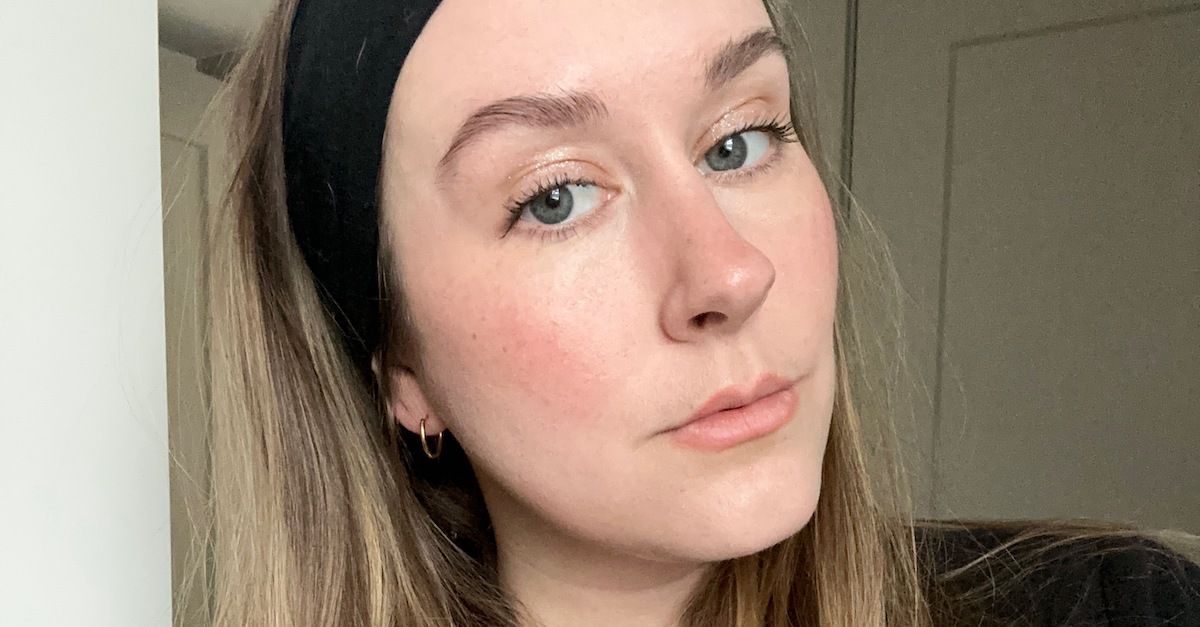




















![Mason Ramsey – Twang [Official Music Video] Mason Ramsey – Twang [Official Music Video]](https://i.ytimg.com/vi/xwe8F_AhLY0/maxresdefault.jpg)






![Kelsea Ballerini – half of my hometown (feat. Kenny Chesney) [Official Music Video] Kelsea Ballerini – half of my hometown (feat. Kenny Chesney) [Official Music Video]](https://i.ytimg.com/vi/abYaq2tWGYs/maxresdefault.jpg)




